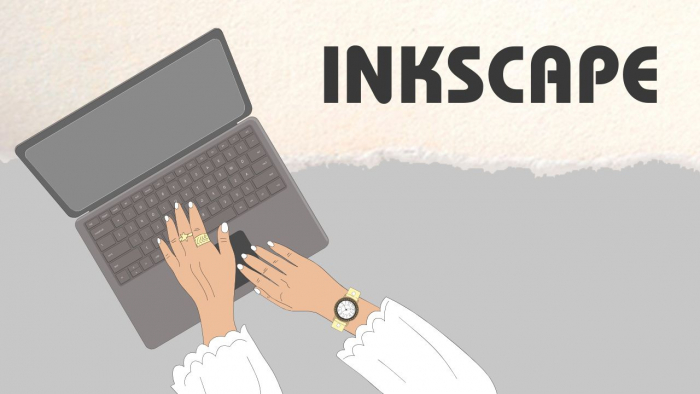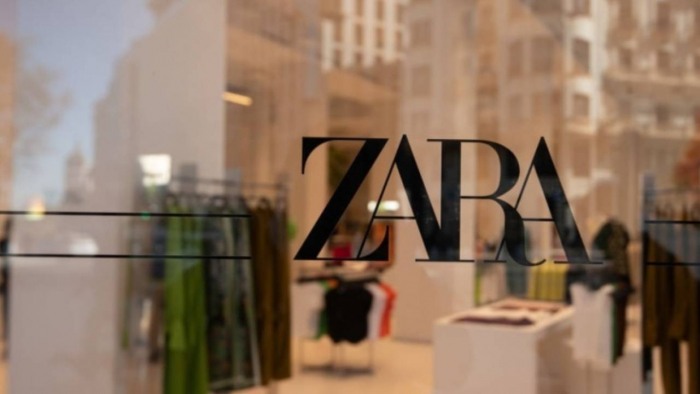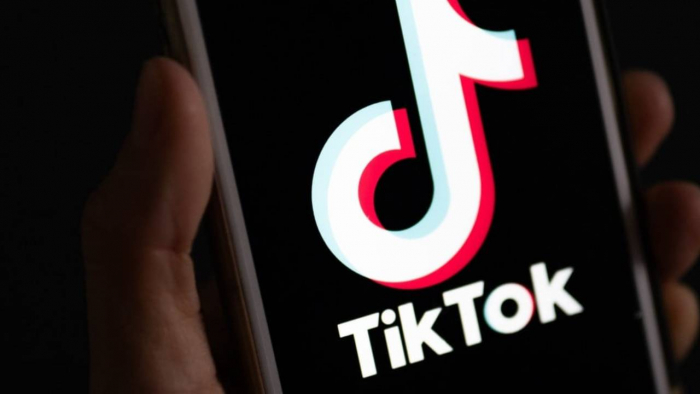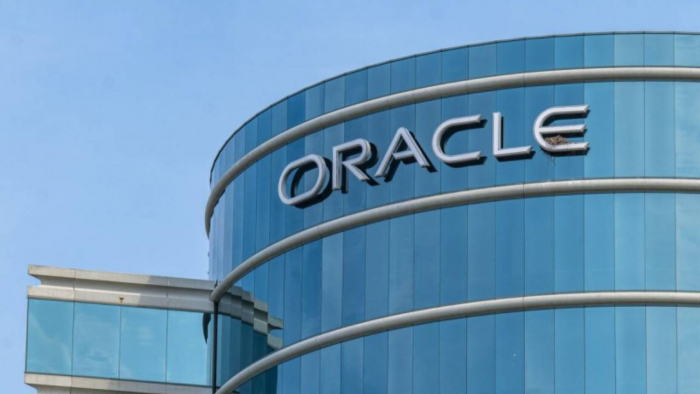LinkedIn has become one of the most powerful platforms for B2B marketing, allowing businesses to target specific audiences based on their professional profiles. As companies continue to invest in LinkedIn Ads, it’s crucial to understand what constitutes a successful campaign.
Key performance indicators (KPIs) such as click-through rates (CTR), cost per click (CPC), and conversion rates provide valuable insights into the effectiveness of your campaigns.
To understand how digital marketing strategies have shifted over time and what trends are shaping platforms like LinkedIn, you can refer to this in-depth article on how marketing has evolved with technology.
Now, we’ll explore the industry benchmarks for LinkedIn Ads in 2025 and provide tips on how to optimize your campaigns for better results.
What is a Good CTR for LinkedIn Ads in 2025?
Click-through rate (CTR) is one of the most important metrics when evaluating the success of any digital ad campaign. It measures how often people click on your ad after seeing it, indicating how well your creative resonates with your target audience.
In 2025, a typical CTR for LinkedIn Ads ranges from 0.35% to 1.25%. However, this can vary depending on factors such as the industry, campaign objective, and targeting strategy.
For example, highly specific B2B campaigns targeting niche audiences may see lower CTRs due to the more focused targeting, while broader campaigns aimed at a larger audience could see higher rates.
To improve your CTR, it's important to craft compelling ad copy and design that grabs the attention of your audience. You can also test different headlines, calls to action, and visuals to find the combination that works best for your target demographic.
What’s a Good CPC for LinkedIn Ads in 2025?

Cost per click (CPC) is another critical metric that measures how much you pay for each click on your ad. In 2025, the average CPC for LinkedIn Ads generally falls between $5 to $8.
However, this number can vary based on industry, competition, and how effectively you're targeting your audience. For example, industries like software or finance may experience higher CPCs due to increased competition, while industries like retail may see lower CPCs.
Achieving a low CPC requires a combination of good targeting, relevant ad content, and optimized bidding strategies.
For instance, utilizing LinkedIn’s audience targeting options such as job title, company size, and industry can help you focus your spend on the most relevant users, reducing unnecessary clicks.
What’s a Good Conversion Rate for LinkedIn Ads in 2025?
Conversion rate measures how often people complete a desired action, such as filling out a form, downloading a white paper, or making a purchase, after clicking on your ad. The conversion rate can give you a clearer picture of how well your ad is driving meaningful results beyond clicks.
In 2025, a typical conversion rate for LinkedIn Ads falls around 2% to 6%, but this can vary based on the campaign's goals. Lead generation campaigns, for instance, might see higher conversion rates compared to brand awareness campaigns. Industries such as technology, education, and finance tend to have higher conversion rates due to the professional nature of their audiences.
To improve your conversion rate, ensure that your landing page is optimized for user experience. This includes fast loading times, clear calls to action, and content that directly aligns with the promise made in the ad. Additionally, retargeting strategies can help drive conversions by re-engaging users who have already interacted with your ads or visited your site.
How to Improve Your LinkedIn Ad Performance with Optimization Tools
The key to achieving the best possible CTR, CPC, and conversion rates on LinkedIn Ads lies in constant optimization. LinkedIn ad optimization tools can significantly enhance your ability to track and improve ad performance. These tools provide detailed analytics that allow you to fine-tune your campaigns and ensure they are targeting the right audience.
Using LinkedIn’s built-in campaign manager, you can access important metrics like engagement rates, impressions, and detailed audience insights. These insights can guide adjustments to your ad copy, targeting strategy, and bidding approach.
Additionally, using third-party LinkedIn ad optimization tools can provide more granular data, such as heatmaps or A/B testing results, to optimize your ad design and message.
Regularly analyzing your campaigns and making data-driven adjustments will ensure that you’re not just hitting benchmarks, but exceeding them.
Industry-Specific Benchmarks for LinkedIn Ads
While the general industry benchmarks for CTR, CPC, and conversion rates provide a useful starting point, it’s important to consider how your industry impacts your LinkedIn Ads performance. Certain industries naturally have higher engagement rates due to the nature of their target audience, while others may struggle to achieve the same level of interaction.
For instance, industries like technology, software, and financial services typically have a higher CPC and a lower CTR but tend to see higher conversion rates due to the highly specialized nature of the audience.
On the other hand, industries like education and consumer goods may enjoy lower CPCs and higher CTRs but face challenges with conversion rates as their audience may not be as highly targeted.
What Affects Your LinkedIn Ads Performance?
Several factors can impact the success of your LinkedIn Ads. These include:
- Targeting: The more specific your audience targeting, the better your chances of achieving high CTRs and conversions. LinkedIn’s advanced targeting options allow you to select criteria such as job title, seniority, and industry.
- Ad Creative: The design and copy of your ads can significantly influence how well they perform. Ads with clear, concise messaging and compelling visuals are more likely to attract attention and drive engagement.
- Bidding Strategy: Your bidding strategy plays a large role in determining how much you pay for each click. Adjusting your bids based on the performance of your ads and the competition in your target market is key to maintaining a low CPC.
- Landing Page Optimization: Even if your ad performs well, if your landing page is not optimized, your conversions will suffer. Ensure that your landing page is user-friendly and directly aligned with your ad’s message.
Final Thoughts
Understanding industry benchmarks for LinkedIn Ads—CTR, CPC, and conversion rates—is essential for measuring the effectiveness of your campaigns in 2025. By focusing on key optimization strategies and leveraging the right tools, you can enhance your performance and drive better results.
Ultimately, LinkedIn ad optimization tool helps you track and improve campaign metrics, allowing for constant refinement. By regularly analyzing and adjusting your strategies, you can stay ahead of the competition and ensure that your LinkedIn Ads deliver maximum ROI.






marketing-calculator.net
Jul 13, 2025Great information!